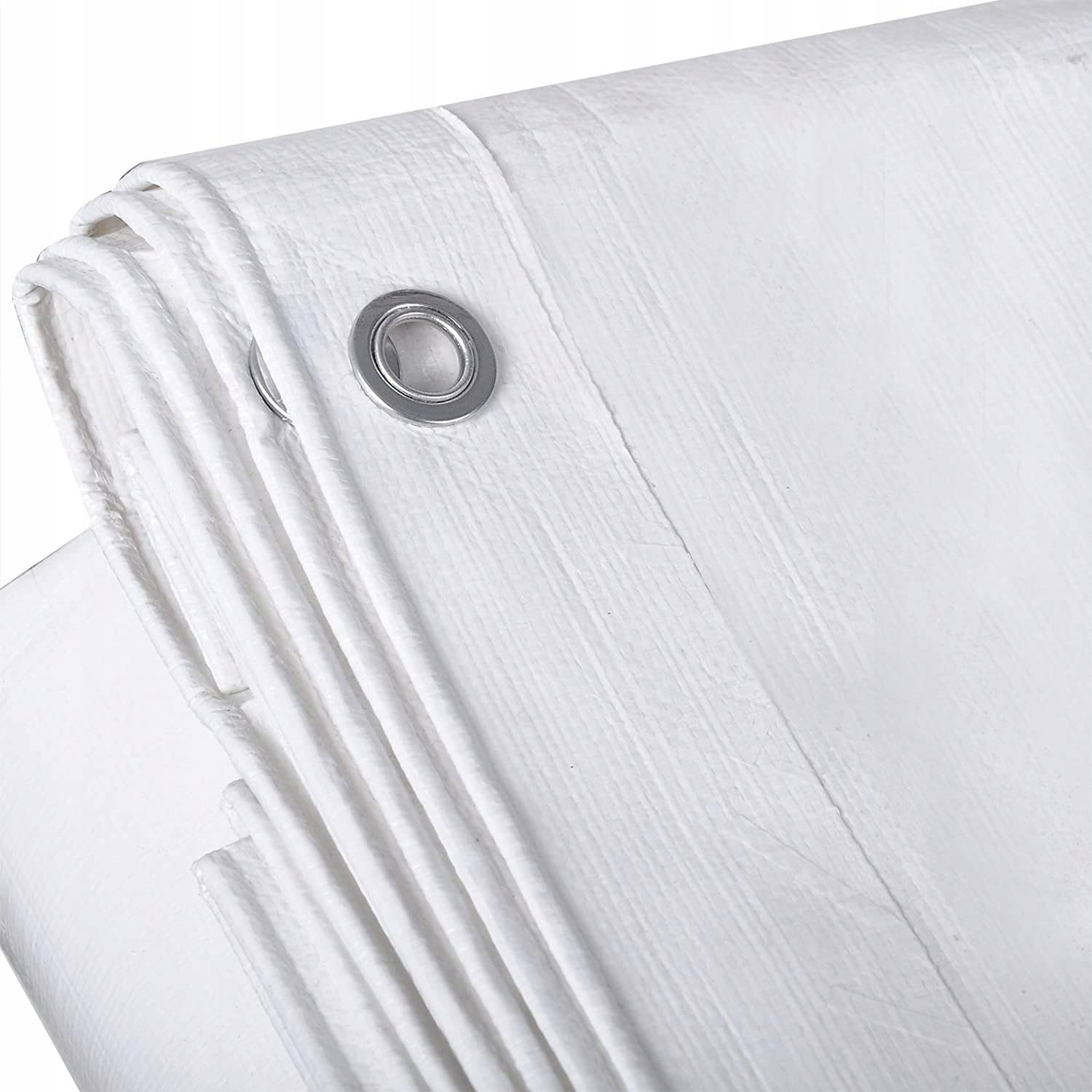Traveling with Tarpaulin Sheets: Packing Tips for Adventurers
Why Bring a Tarpaulin When Traveling?
A versatile Tarpaulins ought to be an essential packing thing for any adventurer to have shelter, protection and creative space during travels. Tarpaulins offer huge value with their lightweight yet durable plan. Whether backpacking through multiple nations or road stumbling across grand landscapes, a tarp can serve many purposes along the way.
Protection from the Elements
A tarp, first and foremost, shields from rain, wind, snow, and sun openness. Even the toughest adventurers want dry shelter at the finish of a long day. By hanging a waterproof tarp, you have instant overhead protection from unpredictable storms. This allows you to zero in on partaking in your excursion without the pressure of an improvised downpour.
Flexible Space for Multiple Uses
Beyond sheltering, a tarp opens up possibilities for outdoor living space. It can provide a covered area for cooking, socializing with travel partners, or just passing on of direct weather. Tarps also function well as a drying station for damp gear and dress. With some creativity, you can configure the tarp into multiple layouts relying upon your camp needs.
Lightweight and Packable
At just over 1 pound for most standard sizes, a tarpaulin packs down small to the point of neatly fitting in any bag or pack. Their lightweight yet durable fabrics like silnylon orpolyester outside make tarpaulins ideal for multi-day excursions with restricted carrying capacity. Packed down flat, they take up minimal valuable space in vehicles too.
Choosing the Right Tarpaulin for Your Adventures
When choosing a tarp for traveling, it's important to consider the material, size and included accessories based on your expected uses and environments. Not all tarps are created equally, so do a research to pick one that best suits your needs.
Material - Silnylon vs Polyester vs Canvas
The most popular tarp materials are silnylon, polyester, and cotton/canvas. Silnylon is more waterproof and breathable while also opposing mold and buildup better than other materials. However, it is more prone to tearing. Polyester tarps are somewhat heavier obligation than silnylon yet less waterproof. Canvas is heavy yet durable for withstanding abrasions. Consider how habitually you'll utilize the tarp and in what conditions to conclude which material is right.
Size - Choosing Based on Your Needs
Most standard sizes for 1-2 person shelters range from 5x7 feet to 8x10 feet. Larger gatherings may want something 10x10 or greater. Know the amount of covered floor space you want and consider the planned utilize like backyard camping or backpacking long trails. Too large of a tarp will create overabundance weight and mass for climbing.
Ropes, Pegs and Accessories
Quality guylines for tensioning the tarp edges are essential. Search for tarp packs including small titanium shepherd's hooligans or aluminum tent pegs for staking it out. Additional features like integrated ridgeline pockets can improve on arrangement of A-frame plans. Having ample, durable guylines and stakes included will save purchasing them separately later.
Packing Your Tarpaulin Efficiently
To pack out a tarpaulin efficiently for travel requires a few strategies for compactness while keeping it organized. Here are a few hints:
Rolling or Folding Your Tarpaulin
For backpacking, rolling is ideal to maintain a tight cylindrical shape. Lay the Waterproof Tarpaulin flat, starting toward one side and rolling firmly to the other. Folding works well too by folding in thirds longwise and gathering the edges to limit extra material.
Compression Sacks or Stuff Sacks
Using a waterproof, compressible sack specifically made for tarpaulins helps pack it down smaller. Search for compression ratings to 800 cubic inches or less. Dry the tarp completely first so it packs down as small as conceivable. Another option is a durable lightweight stuff sack.
Ropes, Pegs and Accessories
Loop or pack extra guylines, ropes and stakes neatly then secure with elastic bands or stuff into the tarp sack. Consider separating things into their own dry bags or sacks so nothing gets tangled or lost. Label each one clearly.
Tie Down Straps
Once packed in the compression sack, use compression straps, docking clasps or webbing circles outwardly to firmly tighten it down even smaller. This prevents the packed mass from expanding during transport.
Creative Shelter Ideas Using Just a Tarpaulin
With basic stakes and guylines, a solitary adjustable tarpaulin can be configured into various versatile shelter styles. Here are a few ideas:
Simple Lean-to Style Shelter
One of the easiest arrangements is draping the tarp like a lean-to against a large tree or precipice edge. Anchor one end low to the ground as a raised head level and fellow out the flip side with stakes. Great for solo travelers.
A-Frame Style Shelter
Form A-frame shape by crossing two poles or sticks at the top, got between stakes at either end of your ridgeline. Drape the tarp over the apex and stake out with guylines underneath. More weather resistant than a lean-to.
Ridge-Style Shelter with Poles
Utilize two adjustable traveling poles or fallen branches as focus supports. Fellow out the sides and finishes, then fix the ridgeline at the top for a taut set up shelter style shelter. Leave the two finishes open for airflow.
Pipe Drinking spree Do-It-Yourself Style
For chilly climate trips, create a quasi-quinzhee structure. Stake out rectangular shape and heap snow against external border. Carve out interior. Drape tarp over bowed ribs of line insulation/drinking sprees staked inside for an igloo impact.
Hammock Shelter
Create a covered relaxing zone. Hang your hammock low, drape the tarp over with guylines staked or tied to trees on the two closures. Leave sides open for views while keeping the elements off your hammock.
Conclusion
In conclusion, a versatile tarpaulin ought to be considered an essential piece of packing gear for any adventurer. Whether embarking on international outings across multiple terrains or end of the week explorations near and dear, a tarp provides lightweight shelter, coverage from nature's elements, and creative living space while on the move.

